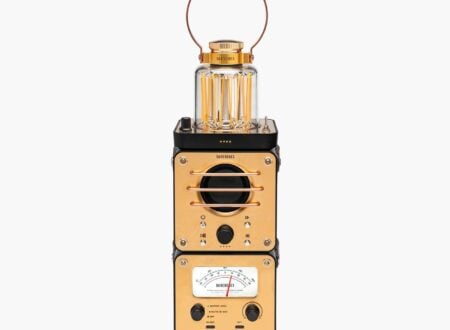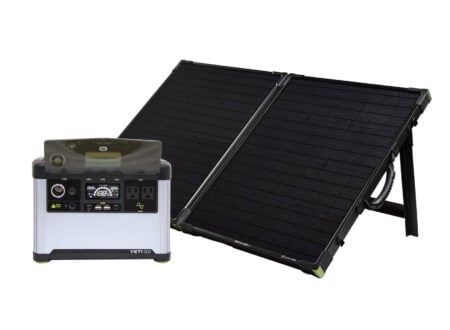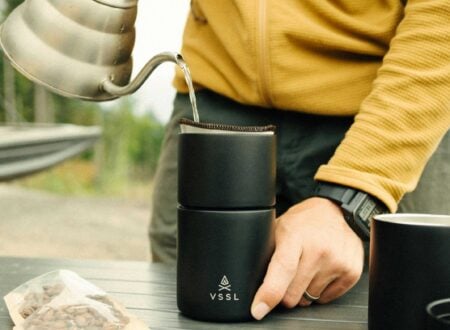This is the Springbar® Traveller Tent, each one is made in Salt Lake City, Utah from 100% cotton, double-fill, boat shrunk army duck canvas. The tent has 100 sq ft of living space, and an integrated 6’x6’ shade awning.
Springbar® tents have earned legend status among many in the overlanding and outdoors communities thanks to their quick set up, excellent build quality, and for the fact they seem to last forever with regular care and maintenance.
Above Video: This short instructional film shows you how to set up a Springbar® Tent.
History Speedrun: Springbar® Tents
The origins of Springbar tents can be followed back all the way to the mid-twentieth century, when Utah native Jack Kirkham Sr began making outdoor gear after World War II. In 1944 he established a small shop in Salt Lake City, Utah – initially repairing and building lightweight tents for outfitters and families.
By the late 1950s Kirkham was seeking out a tougher, more resilient design that could stand up to the region’s unpredictable winds and heavy weather, without relying on complex pole systems. His solution arrived in 1961 with the introduction of the Springbar tent, a canvas shelter using a patented system of tensioned steel poles and fabric sleeves that distributed stress evenly.
The design gave the tents a tall, roomy interior and remarkable stability in wind and weather, making them a significant improvement over most conventional canvas wall tent designs then and now.
The company steadily built on its reputation throughout the 1960s and 1970s. In 1966 they licensed the Springbar patent to Coleman, allowing the larger manufacturer to produce Springbar-style tents for mass markets.
Meanwhile, the Salt Lake City workshop continued building premium versions by hand, building up a loyal customer base in the process. Springbar tents earned a reputation among river guides, scouts, and overland travelers who loved their comfort and durability on extended trips, not to mention the fact they could handle wild swings in weather.
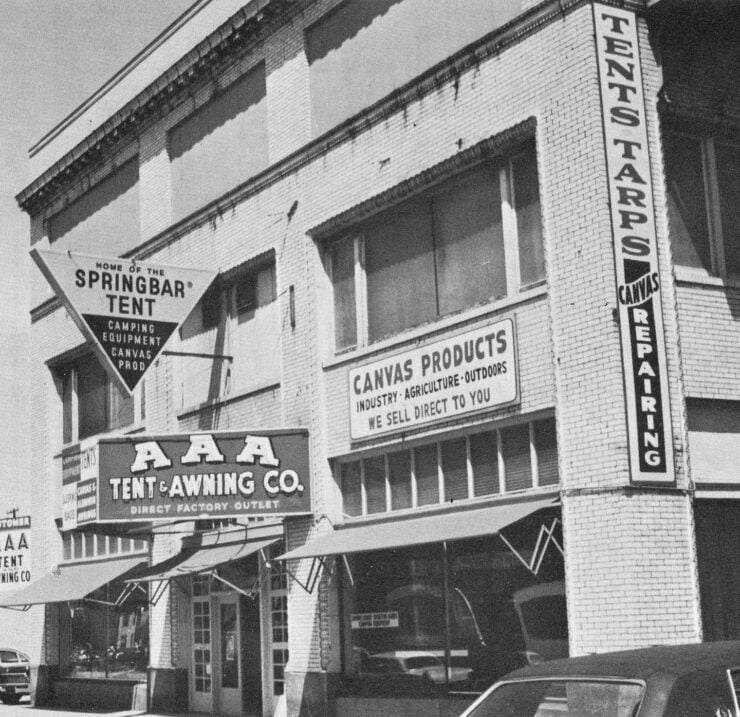

By the 1980s and 1990s Springbar tents had been used on expeditions from the Arctic to the Himalayas. Despite their cult following, the company remained small, with production never straying far from its Utah roots. The factory’s experienced workers continued to sew canvas, bend poles, and cut patterns much as they had done for decades.
In 2019 a group of Utah-based entrepreneurs led by Pace Measom acquired the brand, determined to preserve its local manufacturing tradition. Within a year the Covid-19 pandemic forced Springbar to temporarily pivot from tents to sewing medical gowns for frontline workers, but once supply chains stabilized, the company switch its focus back to canvas tents – introducing updated lines while keeping the classic Springbar design series in production.
The company faced major challenges from the 1970s through to the 1990s and beyond, as nylon and other manmade materials become widely available and subsequently became almost the de facto material for tent construction.
Despite this, a sector of the camping community never really embraced nylon/mademade tents, preferring the traditional look and feel of cotton canvas. In more recent years, with increasing concerns about microplastics and plastic pollution, canvas tents have been enjoying a major renaissance.
The Springbar® Traveller Tent
The Springbar® Traveller Tent is one of the larger models from the Utah-based company. It has a 10′ x 10′ footprint, with a maximum interior height of 6’5″, and it all packs down to 21″ x 15″ with a weight of 72 lbs.
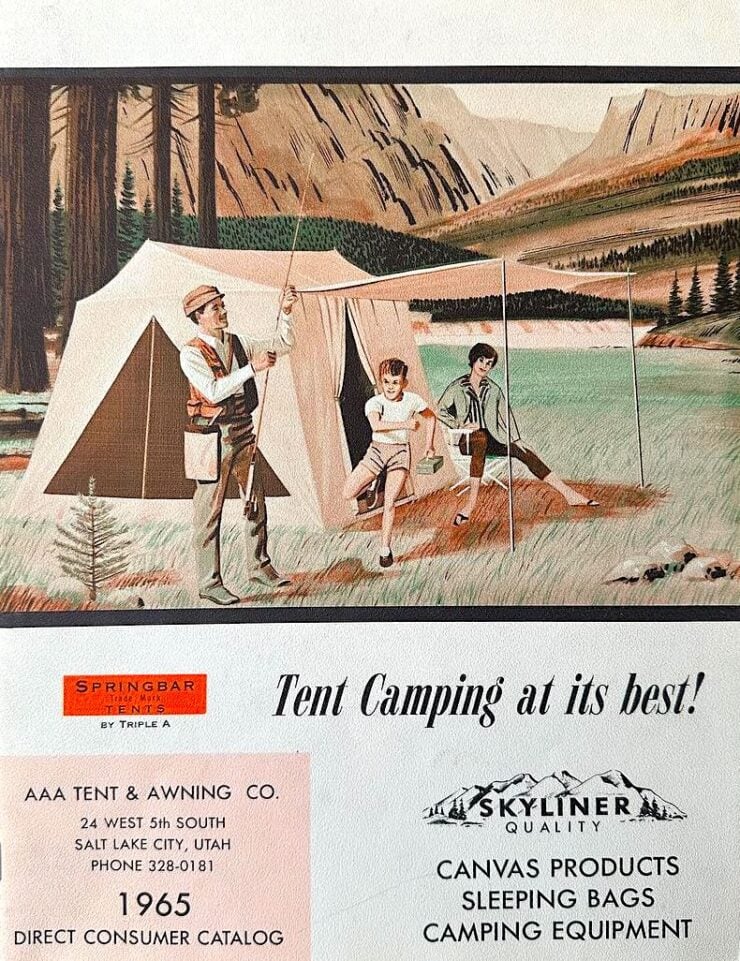

This model has been in continuous production since the 1960s and it’s found a new audience more recently with the younger camping and overlanding crowd who love it both for its quality and for its photogenic nature – making it ideal for the age of Instagram and YouTube.
The Traveller comes in colors ranging from Driftwood to Pearl Gray, Bison, Suntan, and Natural. It has three full-height screen windows for views and ventilation, a 26” wide door with a mesh interior, and you can visit the website here if you’d like to read more or get one for yourself.
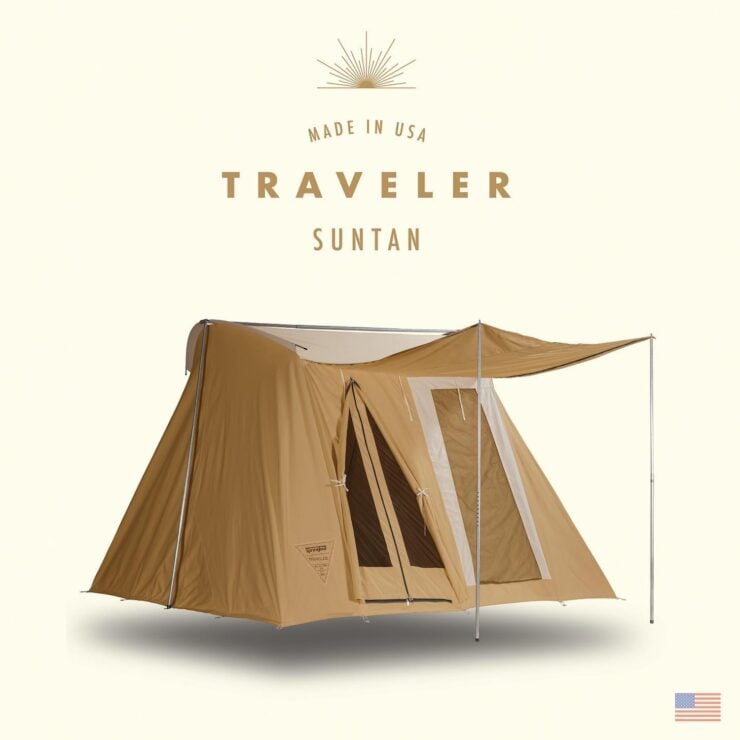
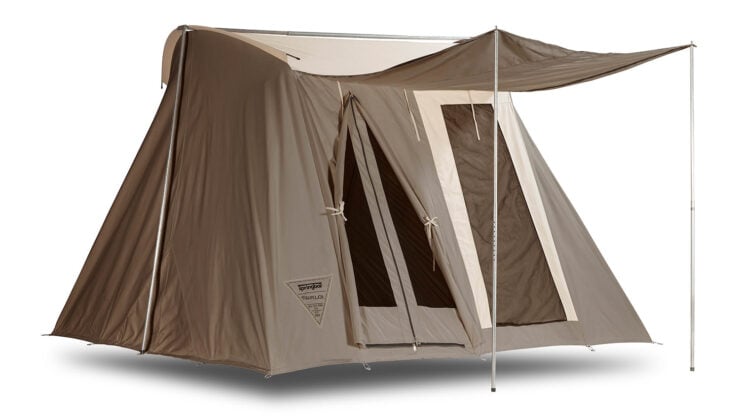
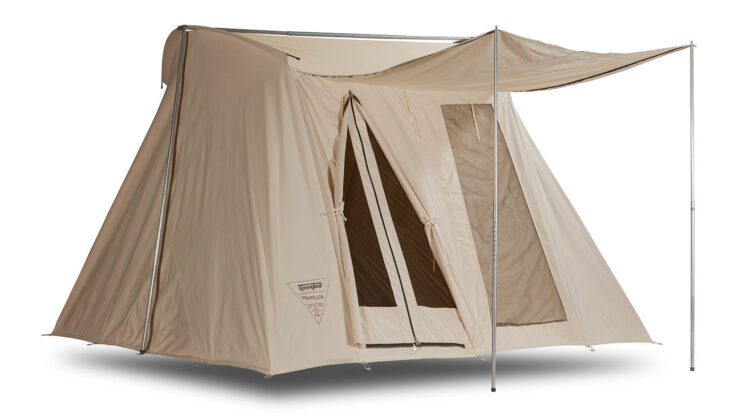
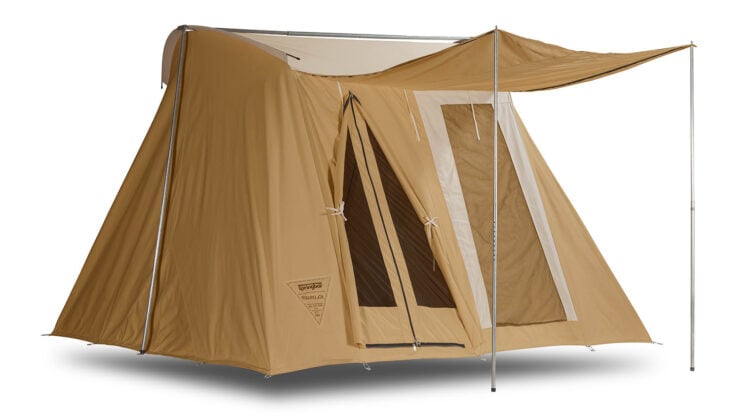
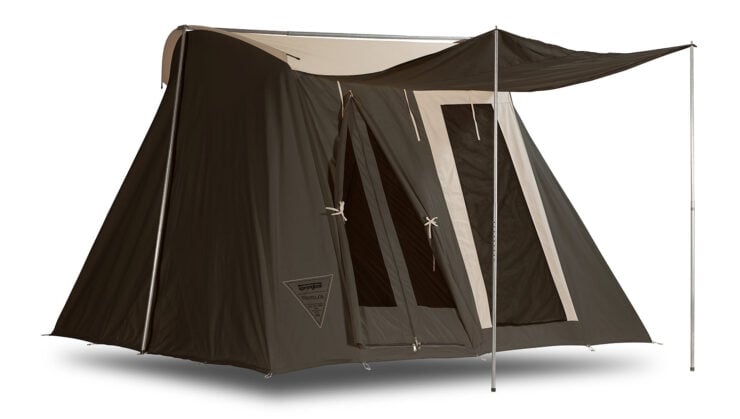
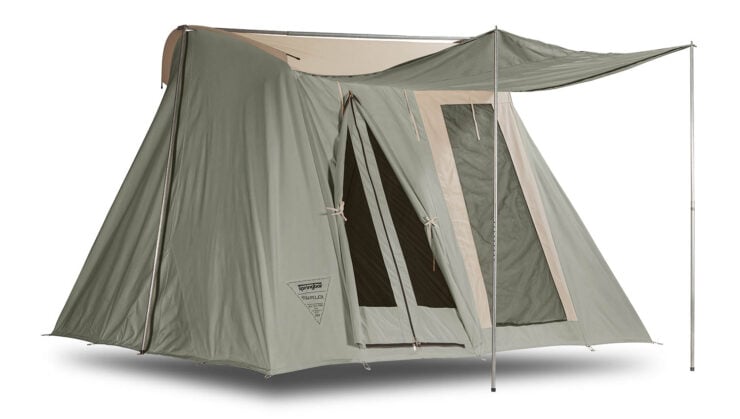
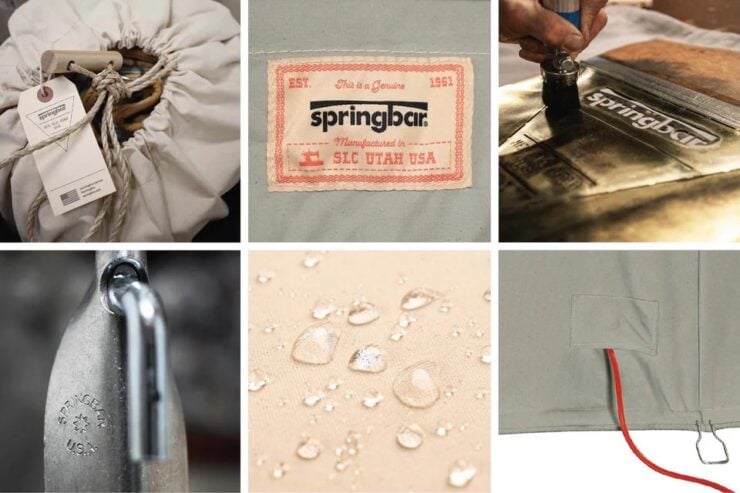
Images courtesy of Springbar®



